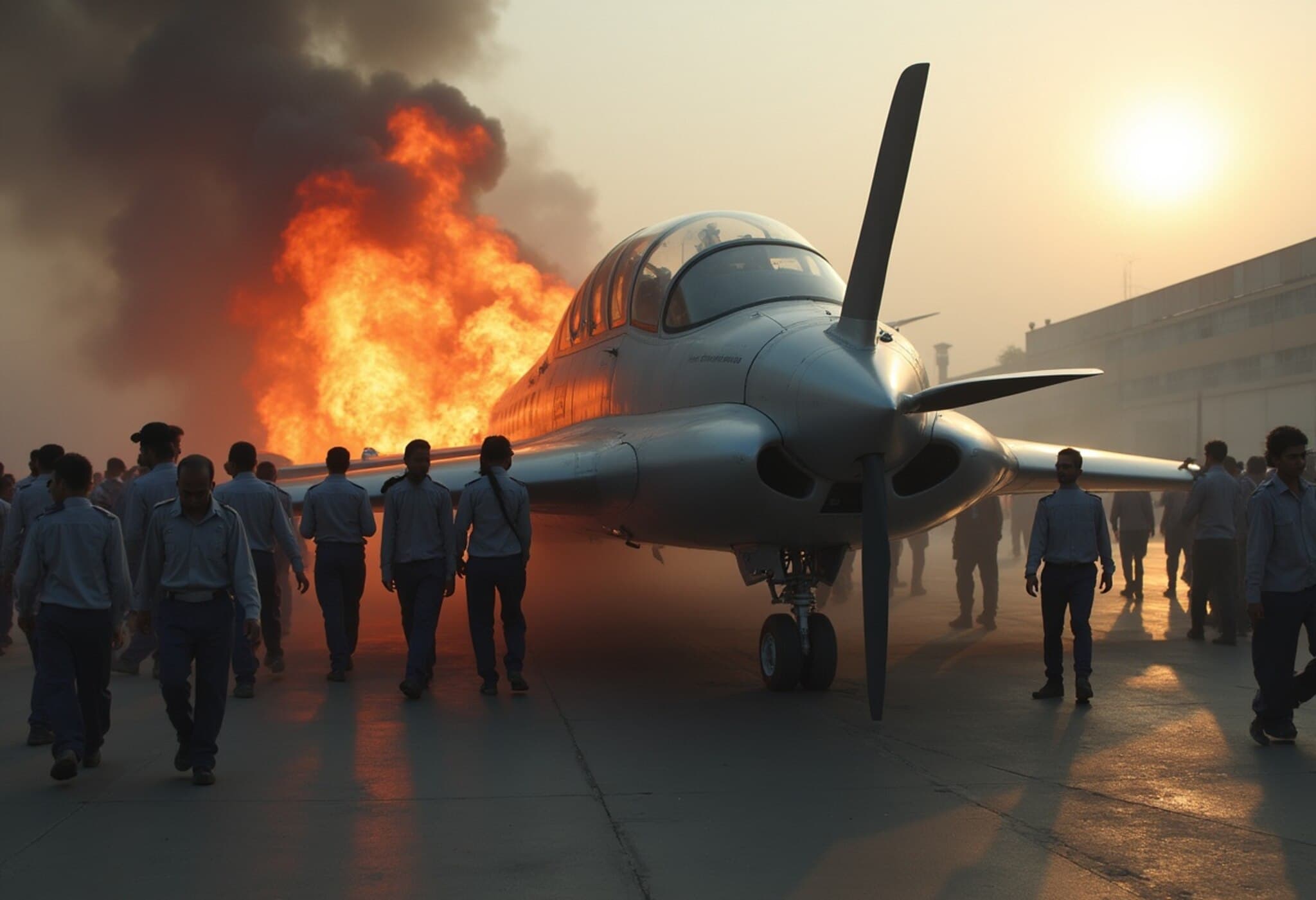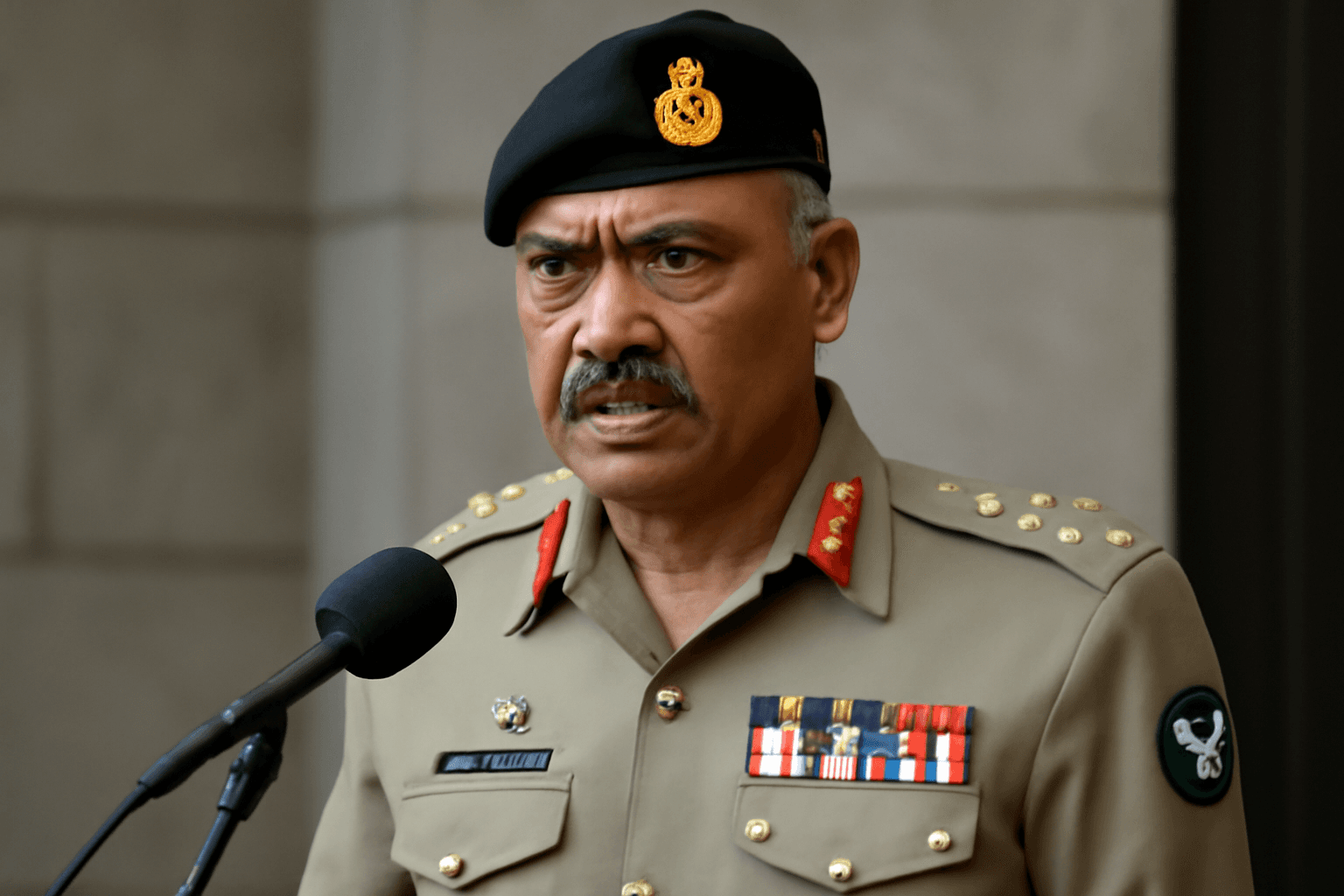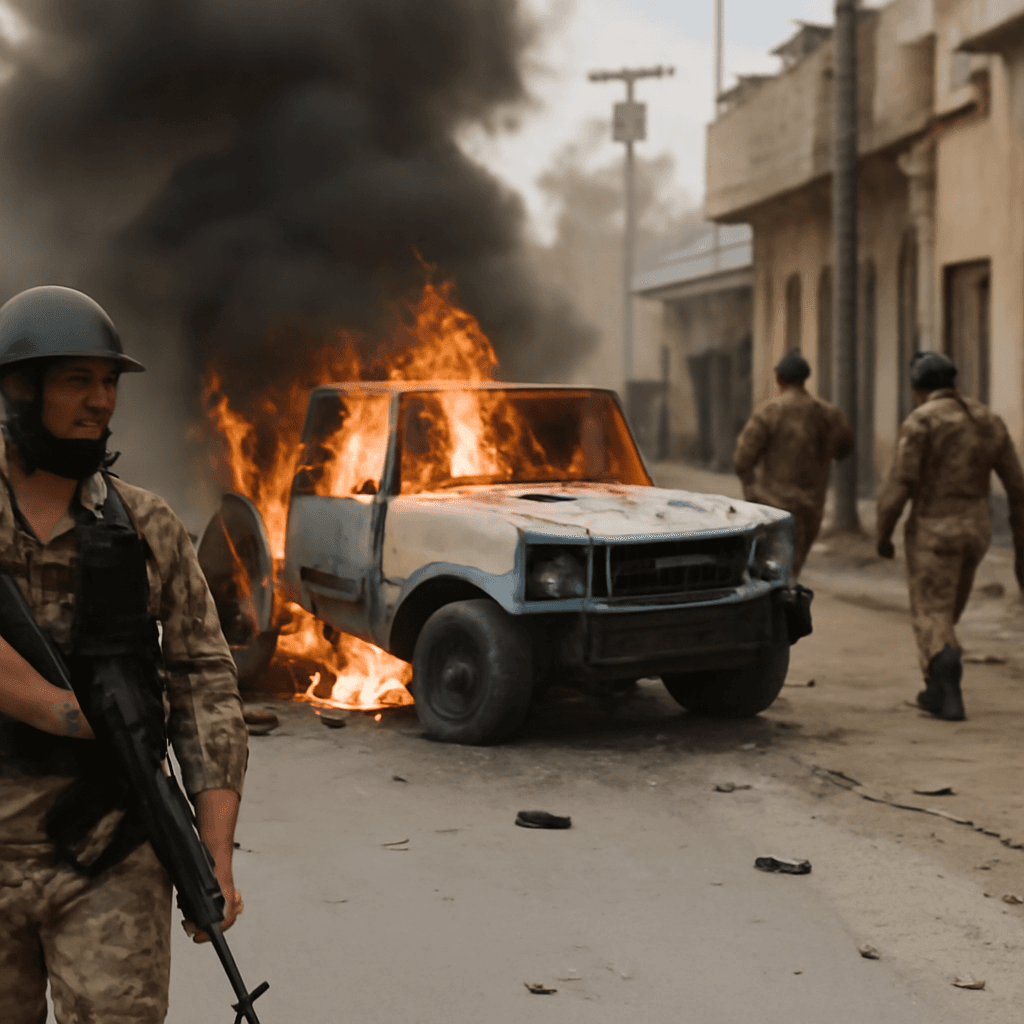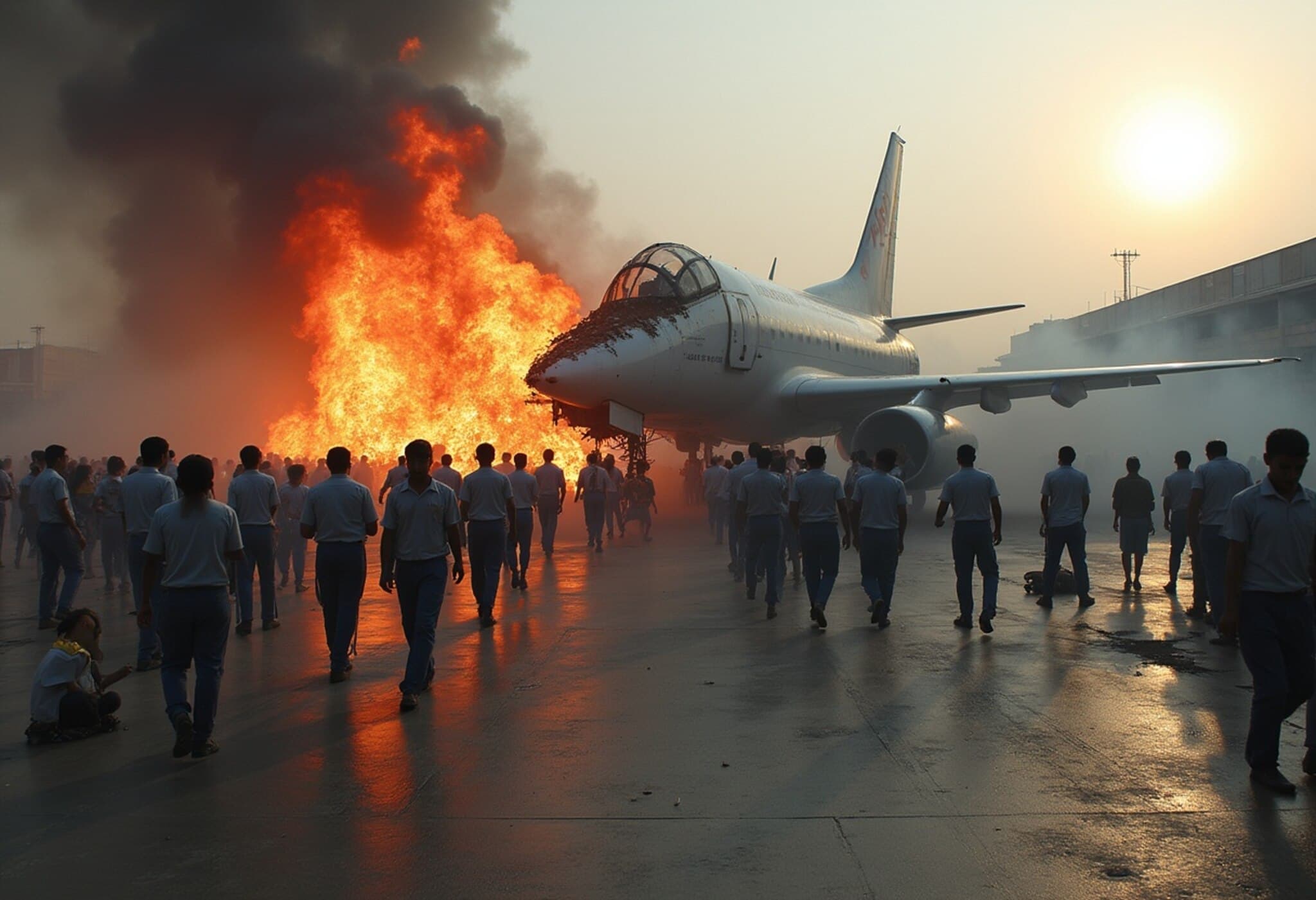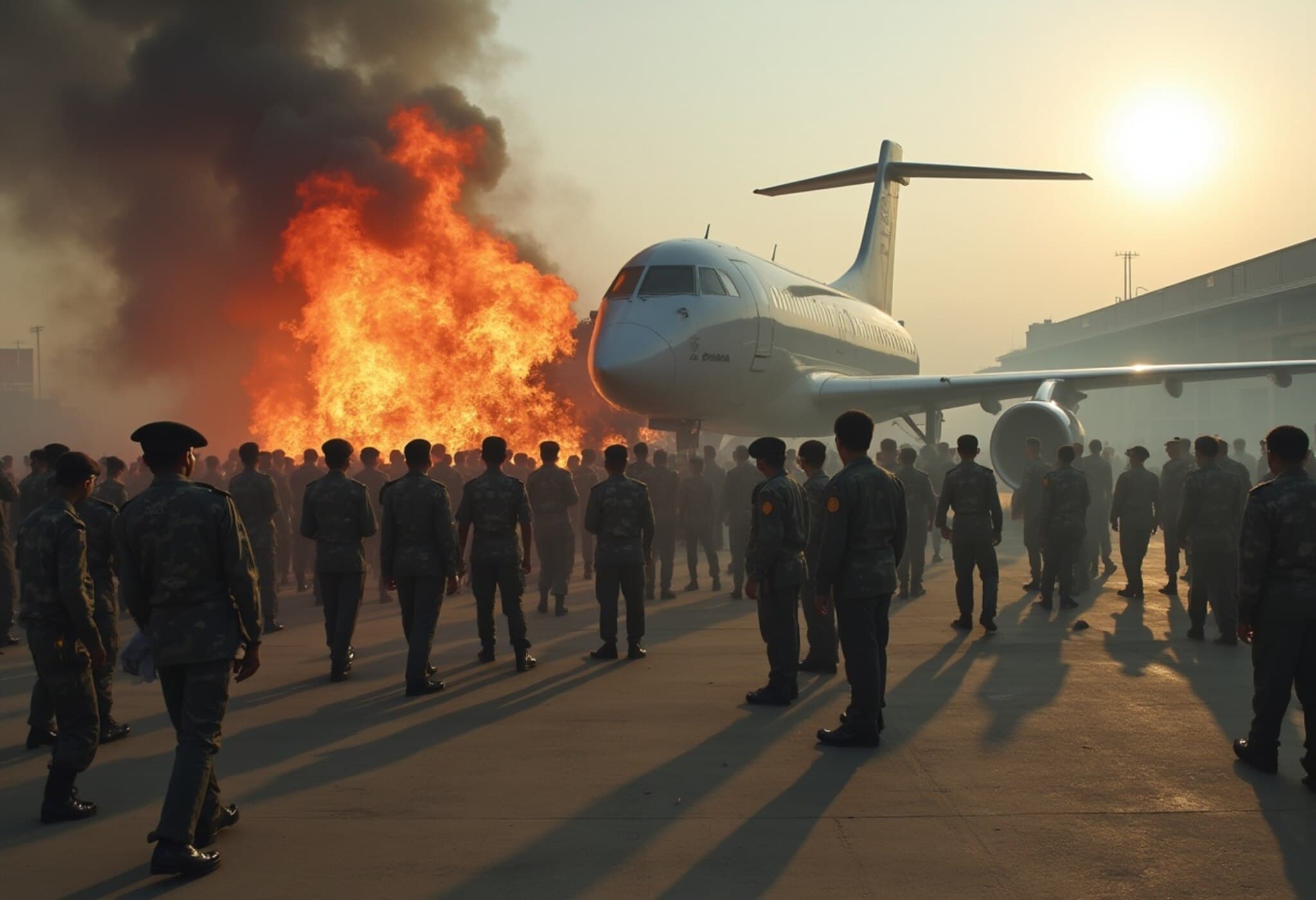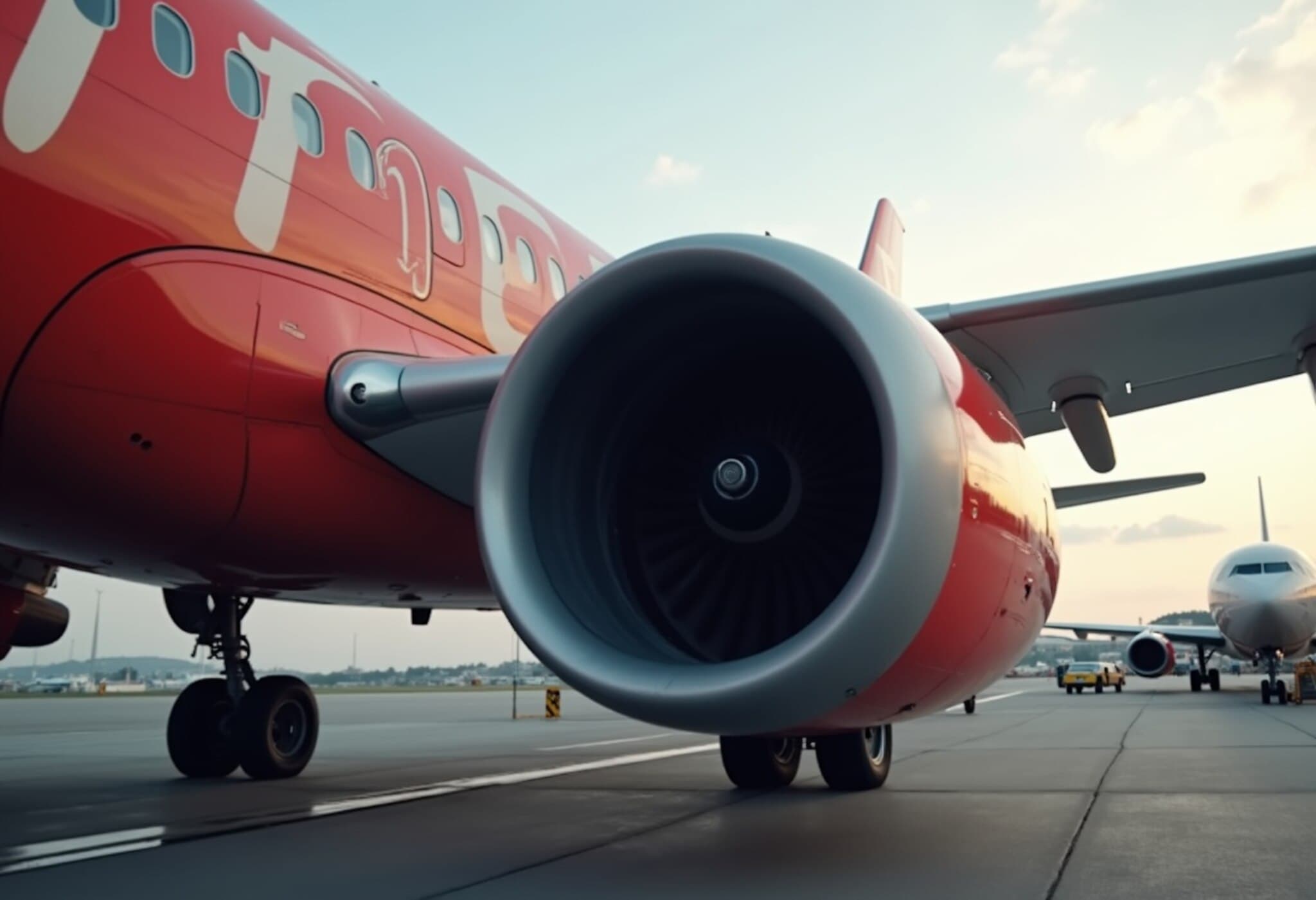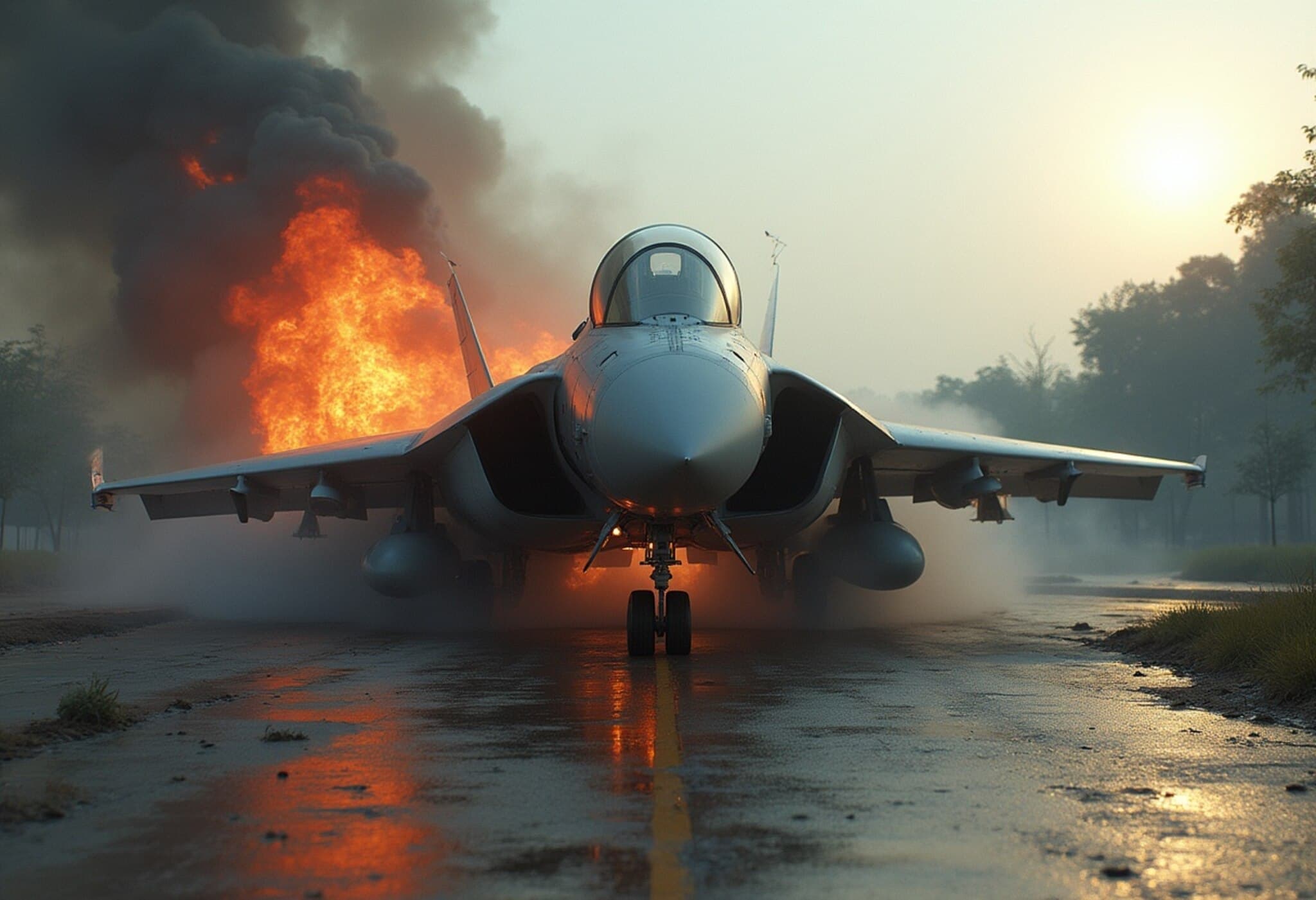Massive Protests Erupt After Deadly Air Force Jet Crash in Dhaka
Heartbreaking scenes unfolded in Dhaka as hundreds of students took to the streets following a tragic incident that claimed the lives of 32 individuals, including 29 students, two teachers, and the pilot of a Bangladesh Air Force training jet. The F-7 aircraft crashed into the Milestone School building in the suburban Uttara area on Monday afternoon, sparking outrage, grief, and demands for urgent accountability and safety reforms within Bangladesh’s military aviation training.
Details of the Incident and Immediate Aftermath
The ill-fated flight occurred shortly after 1 pm local time when the F-7 jet reportedly experienced mechanical failure soon after takeoff. Flight Lieutenant Md. Taukir Islam, who was undertaking his first solo exercise, attempted to steer the malfunctioning plane away from densely populated areas. Despite his efforts, the aircraft tragically collided with the school’s two-story structure, leading to extensive casualties and over 170 injuries, most of them burn wounds.
Emergency responders swiftly moved to evacuate and treat the injured, providing immediate medical assistance to the victims, many of them young students present in classrooms during the crash.
Escalating Unrest and Demands for Justice
By Tuesday, the grief-stricken community and wider student body organized protests near the crash site and key administrative centers in Dhaka. The demonstrators voiced several demands:
- Transparent and accurate identification of victims – Families and the public seek clear information about those who died or were injured.
- Fair compensation for victims’ families – Support for grieving relatives facing sudden loss.
- Immediate suspension and review of training flights using outdated aircraft – Calls to halt deployment of unsafe planes pending thorough investigations and upgrades.
- Accountability from military and government officials – Protesters allege insufficient safety protocols and have accused security forces of using excessive force during demonstrations.
Some protestors reportedly gained access to the Bangladesh Secretariat, the administrative heart of government operations, before being dispersed through tear gas and stun grenades, an echo of last year’s student protests that played a pivotal role in political changes nationwide.
Contextualizing the Tragedy: Safety and Political Stability in Bangladesh
This disaster arrives at a fragile moment for Bangladesh, where the capital is still reeling from extensive student-led demonstrations that contributed to the fall of the previous Prime Minister and ushered in an interim government aiming to stabilize the country ahead of upcoming elections scheduled for 2026.
The crash underscores ongoing challenges in military aviation safety, particularly concerning the maintenance and operational standards of training fleets such as the F-7 jets, many of which are considered outdated by international standards. The tragedy raises pressing questions about how countries with limited defense budgets can balance rigorous training requirements with equipment modernization to prevent such catastrophic accidents.
Expert Insight: Aviation Safety and Civilian Impact
Military aviation experts note that pilot error, mechanical failure, and aging equipment remain critical concerns globally, especially in training contexts. The fact that Flight Lieutenant Islam was on his first solo mission amplifies the tragedy, highlighting risks inherent in pilot training amidst stringent performance demands. Moreover, the encroachment of military training zones into civilian-populated areas further complicates risk management and disaster preparedness.
From a policy viewpoint, civil-military coordination is vital to mitigate risks, ensure prompt emergency response readiness, and transparently manage post-incident accountability—a lesson echoed in similar aviation mishaps worldwide.
The Road Ahead: Healing, Reforms, and Accountability
As Bangladesh mourns, the imperative now lies in delivering justice to victims’ families, thoroughly investigating the causes, and reforming safety practices to prevent future incidents. The government and military face intense public scrutiny to demonstrate responsiveness and empathy in their handling of this crisis.
Key Takeaways:
- At least 32 fatalities and over 170 injuries show the devastating human toll.
- Student protests demand transparency, compensation, and suspension of risky training flights.
- Incident spotlights aviation safety challenges in training, especially with aging military aircraft.
- Underlying political tensions add complexity to the public reaction and governance response.
Editor's Note
While the immediate focus is on mourning and recovery, this tragedy invites broader reflection on military aviation safety policies, civil oversight, and the responsibility to protect civilian lives around training operations. How can Bangladesh—and similar nations—ensure vital military readiness without compromising community safety? And, crucially, will authorities uphold transparent, compassionate responses to the victims and their families to rebuild trust?
Questions of governance, safety modernization, and civic engagement are intertwined here, making this a pivotal moment for Bangladesh’s future policy directions.

